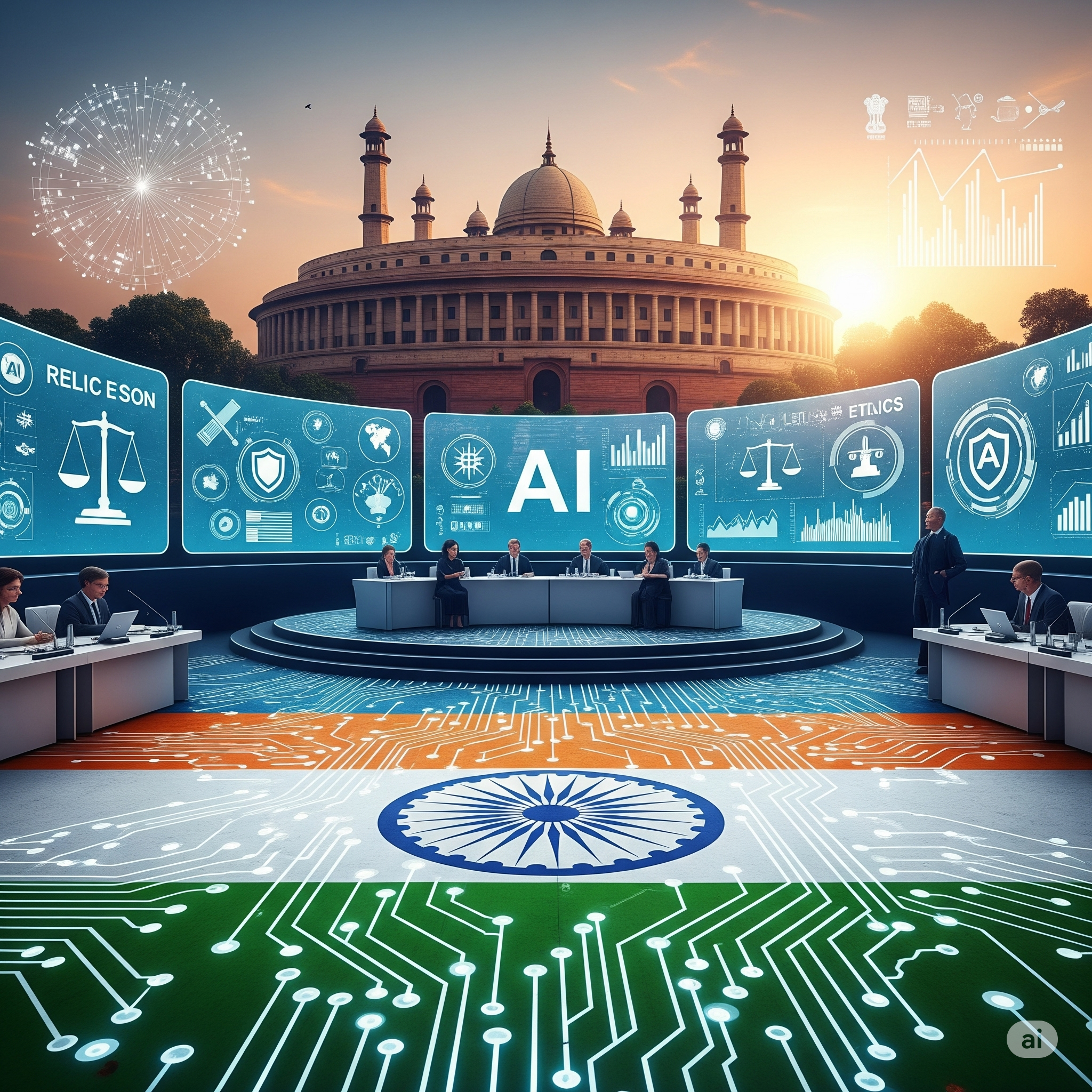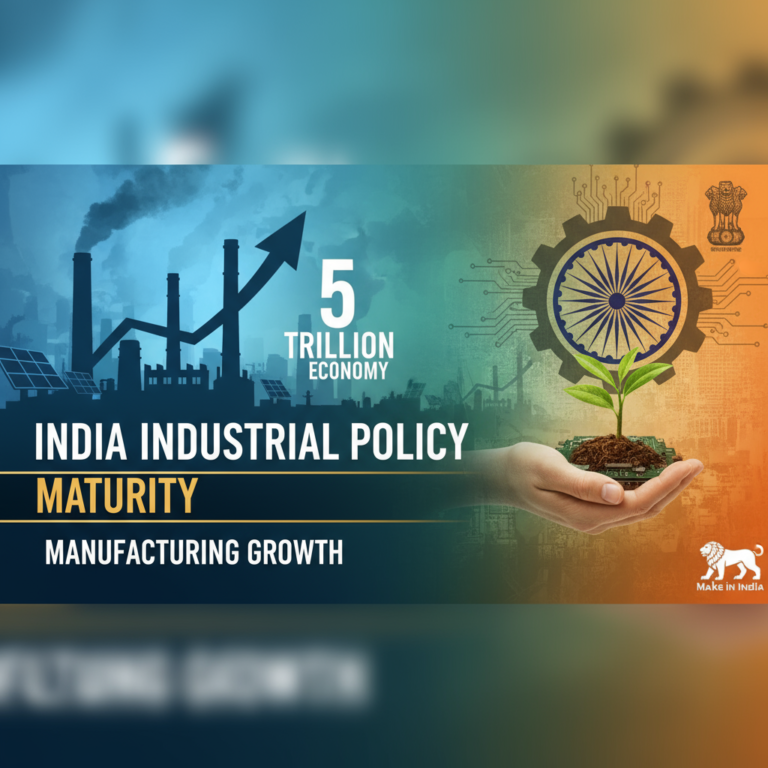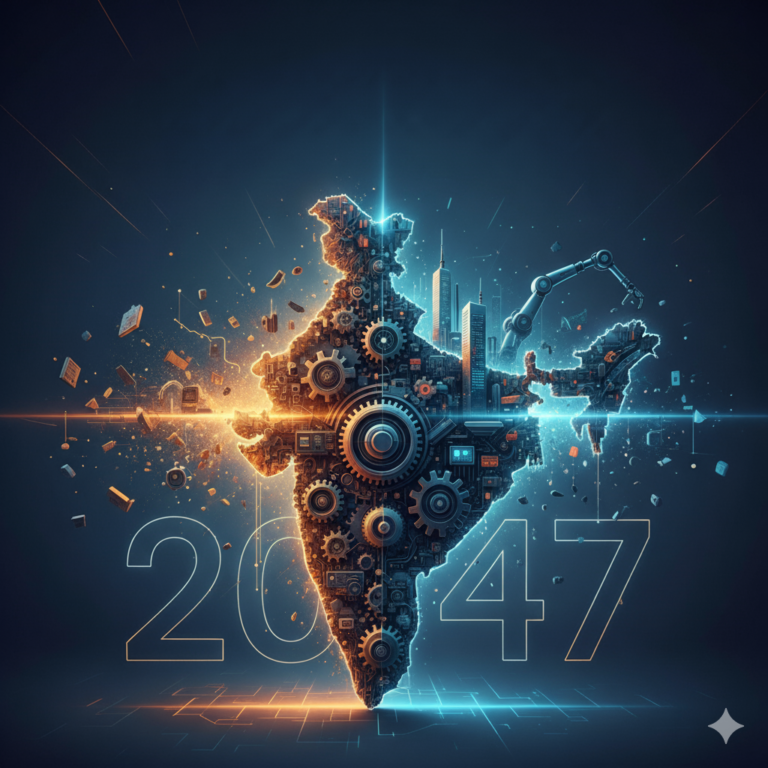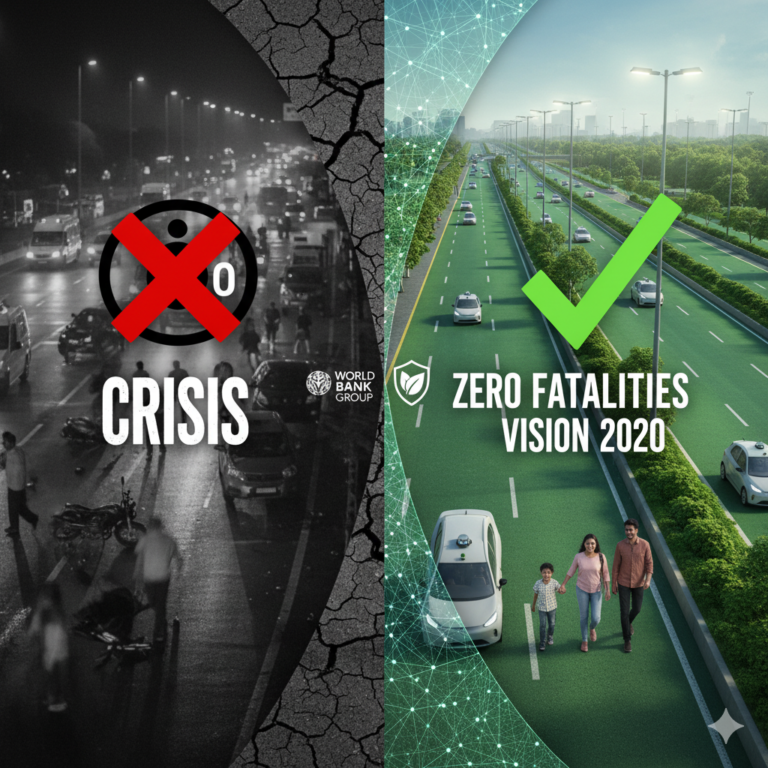A Pivotal Moment for India’s Tech Diplomacy
In June 2025, India hosted its first AI Action Summit, marking a critical milestone in both its domestic digital transformation and global technological leadership. As the world’s largest democracy and an emerging AI powerhouse, India is no longer just a consumer of AI technologies‚Äîit‚Äôs actively trying to shape global norms.
The summit convened policymakers, AI ethicists, startups, Big Tech, academia, and civil society. It wasn’t just about showcasing innovation; it was a strategic forum for policy-making, focusing on ethical, inclusive, and future-ready AI governance.
But what does this really mean for India’s tech policy going forward—and how will it shape the global AI ecosystem?
üß≠ Context: Why the AI Action Summit Matters
üîç What Prompted This?
The rapid deployment of generative AI, such as OpenAI’s GPT models, Google’s Gemini, and Meta’s LLaMA, has made policymakers globally scramble to balance innovation with ethical safeguards.
India, with its:
- 1.4 billion citizens
- A booming digital economy
- Global leadership in IT services
…needs a clear AI strategy that balances innovation, inclusion, and accountability.
üìÖ Summit Objectives (According to MeitY & NITI Aayog)
- Define India’s national AI priorities.
- Create an inclusive regulatory roadmap.
- Promote ethical AI aligned with Indian values.
- Invite public comment to shape draft regulations (deadline: June 30, 2025).
- Position India as a neutral, multilateral AI policy voice in the Global South.
üîë Key Takeaways from the AI Action Summit
1. India’s Position on Open vs Closed AI Models
India stressed the need for open-source AI development, promoting transparency, competition, and localization.
Insight: This supports Indian startups and academic labs building domain-specific LLMs in vernacular languages, which closed models often overlook.
2. Draft AI Regulation Framework: “Inclusive by Design”
India’s draft framework (open for public feedback) includes:
- Mandatory AI impact assessments for public use applications
- Human-in-the-loop systems for high-risk sectors (e.g., health, law enforcement)
- Bias audits and explainability metrics
- Data privacy compliance (in sync with the Digital Personal Data Protection Act, 2023)
üßÝ Unlike the EU AI Act, India‚Äôs approach is flexible and innovation-driven.
3. AI and Jobs: From Threat to Transformation
The Ministry of Skill Development showcased new AI skilling programs, including:
- AI for Bharat curriculum in ITIs
- Open certification paths for prompt engineering, data labeling, and AI ethics
- Public-private partnerships with Google, Infosys, and TCS
Why this matters: India is focusing on democratizing AI employment, not just protecting jobs from automation.
4. Geopolitical Signaling: India as a Tech Policy Leader
India used the summit to:
- Call for a Global AI Governance Framework at the UN.
- Emphasize AI as a “common good”—especially for health, education, and agriculture.
- Highlight India’s commitment to multi-polar tech diplomacy, contrasting both the U.S.-centric and China-centric AI ecosystems.
Real-world Impact: India could emerge as the trusted mediator between Global North regulation models and Global South developmental needs.
üîó How This Impacts India‚Äôs Future Tech Policy
üèõ 1. Institutionalizing AI Governance
The government is likely to:
- Set up a National AI Oversight Board
- Publish model AI codes for government procurement
- Align AI guidelines across sectors (banking, education, policing)
üßë‚Äç‚öñÔ∏è 2. Creating AI-Specific Legal Instruments
With the Digital India Act on the horizon, India may develop:
- Legal categories for algorithmic harm
- Redressal mechanisms for AI-driven decisions
- Obligations for AI accountability disclosure
üõ° 3. Balancing Innovation with Guardrails
Rather than outright bans or overregulation, India appears to be pursuing:
- Pro-innovation regulatory sandboxes
- Ethical review boards at the institutional level
- Public infrastructure for open model training (like Bhashini or IndiaAI)
‚úÖ The goal is clear: Trustworthy AI without stifling progress.
üåç Global Implications: India’s Model vs Other Countries
| Country | Regulatory Style | India’s Edge |
|---|---|---|
| EU | Precautionary (EU AI Act) | India is more agile & innovation-positive |
| USA | Industry-led, fragmented | India offers clearer national guidance |
| China | State-driven, surveillance-prone | India favors open access & civil liberties |
| India | Inclusive, consultative, startup-friendly | Balances governance with local context |
üßÝ Expert Opinions
“India’s AI Action Summit could serve as a blueprint for other democracies in the Global South.”
— Dr. Rajeev Chandrasekhar, MoS for Electronics & IT
“The emphasis on multilingual AI tools is a game-changer for rural India.”
— Rohini Bhattacharya, AI4Bharat, IIT Madras
“Bringing public feedback into AI policy is rare. India’s doing it right.”
— Anil Jain, CEO, IndiaAI Startup Hub
üì¢ What Should You Do as a Citizen, Professional, or Startup?
‚úÖ 1. Submit Your Feedback
The draft AI framework is open for public comments until June 30, 2025. Submit here.
‚úÖ 2. Upskill in Responsible AI
Explore free certification programs from:
- NASSCOM
- Google India
- Coursera IndiaAI Series
‚úÖ 3. Watch for Opportunities
New innovation grants and AI sandbox openings are expected by Q4 2025.
üöÄ Final Thoughts: India‚Äôs Tech Policy Is Growing Up
India’s AI Action Summit was more than a diplomatic event—it was a statement of intent. It shows the country’s desire to:
- Lead with responsibility
- Build ethical frameworks tailored to its socio-economic context
- Empower its people through inclusive digital governance
As the global race to regulate AI intensifies, India isn’t merely reacting—it’s leading with vision.









+ There are no comments
Add yours